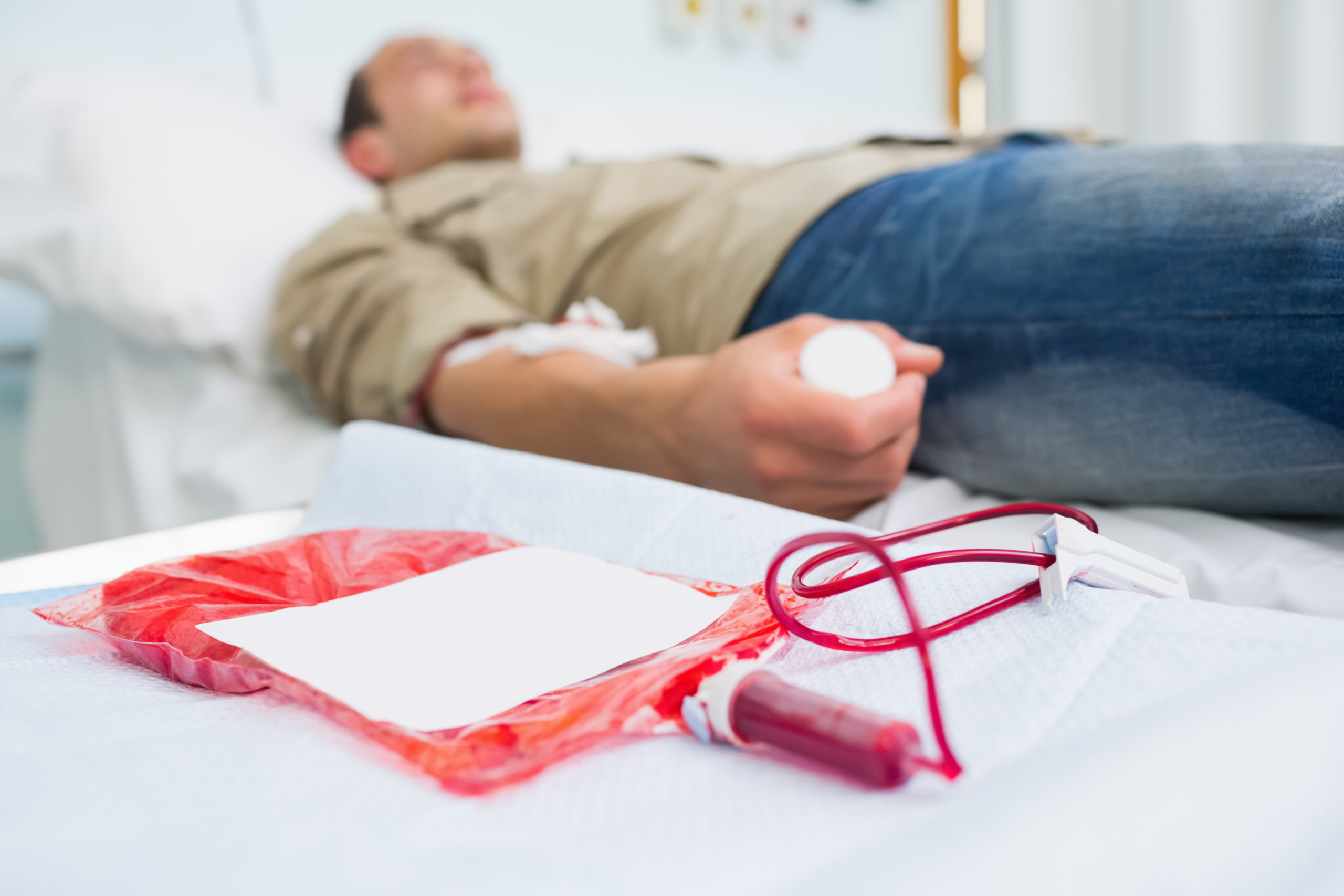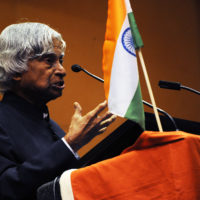WHEN news spread that hospitals in Balasore lacked critical blood supplies, over 3,000 locals stepped forward within hours to donate blood for the thousands of passengers injured in the deadly train collision in Odisha. The blood donations made by each selfless blood donor ensured that each severely injured person received treatment. The next day, hospitals in the area were fully stocked with blood supplies that volunteers were no longer required to donate.
In this circumstance, there were two life or death extremes: the shortage of blood and the excess blood donors willing to help others. These donors saved lives. But across the country, there are people with injuries and medical conditions who are in need of blood and plasma. Without sufficient blood supplies, life-saving treatments are prolonged, conditions worsen and there is a high risk of death.
Each year on June 14th, the world observes World Blood Donor Day to celebrate blood donors and help us work toward access to safe blood for all. The theme for 2023 is “give blood, give plasma, share life, share often”.
What happens in a blood donation?
In a blood donation, blood is drawn from a person’s arm as a whole blood donation and then separated into specific components such as red cells, plasma or platelets. Depending on the medical condition of the person in need of a blood transfusion, either whole blood or its components are received. Whole blood is the blood within the veins that is usually given to accident victims or patients undergoing surgeries in its original form. Platelets are cells in the blood that clot and stop bleeding and are a crucial part of transplants, cancer treatments and other surgeries. Plasma is the liquid part of the blood that helps in clotting and is used for patients suffering from burns, shock and trauma.
Who benefits from blood donations?
During the COVID-19 pandemic, there were urgent calls for blood and plasma donors to donate and save lives. This was one of the most urgent nationwide appeals for people in need of blood in recent history. While that specific urgency has subsided, people are still in need of blood for multiple reasons. Everyday, there are children and adults with various conditions that require a constant supply of their exact blood type. The conditions that require blood include anemia, severe malnutrition, blood disorders such as Thalassemia, deficiencies, patients undergoing surgical procedures and transplants, women in childbirth, accident and trauma victims and people injured in natural disasters and other emergencies.
Is there a shortage of blood in India?
Reports suggest that around 12,000 people die every day in India from the lack of blood. For a population of 1.4 billion people, there are 3,840 licensed blood banks across the country and in some states, the number is in double digits. While these blood centers supply blood products to nearby areas, there is still a lack of access to blood supplies, especially in remote areas and during emergencies. According to a study by —, India requires around 14.6 to 15 million units of whole blood and the supply is estimated at 11 million units.
In addition to this, there is fear and paranoia associated with donating blood. Contamination, lack of trust and not knowing enough about who can donate blood are some common reasons for not considering blood donation. For many people, there is insufficient exposure to information from medical professionals to assuage people’s fears and not enough appeals to make blood donation a more regular practice.
How we should respond
There is no substitute for human blood. Understanding this fact is the first step toward improving the rate of blood donations. We can respond to the blood shortage in India by deciding to:
Be a blood donor
To donate blood and save the lives of people in desperate need, be a blood donor. Hospitals and blood banks in your area will have information on how to donate blood and its personnel will take the time to explain the procedure on the phone or in person. In a single blood donation, half a liter of blood is collected and this amount can save the lives of three people. In India, blood donors are required to wait for a specific period before donating blood again. For men, a period of 12 weeks is recommended while women should wait for 16 weeks.
Share information about blood donations
For many people, the shortage of blood supplies is not highlighted as an issue that is serious enough to warrant action. Furthermore, there are not as many appeals for blood donations as there are for other issues. These reasons have prevented many people from considering being a blood donor. But this lack of attention does not diminish the desperate need of blood products across the country. Share with others important facts and other information about the need for blood donors and the ease of donating blood. Social media can also be used to raise awareness on the issue and amplify your appeal for more blood donors to save lives.
The focus of World Blood Donor Day is to donate blood and save lives. By celebrating blood donors in the country and encouraging donations, we can narrow the gap between the need for blood and the supply of blood products across India.
–
Give’s mission is to “make giving bigger and better.” Give is the most trusted donation platform in India for fundraisers and crowdfunding campaigns. Through our technology solutions, we enable individuals and organisations to fundraise and donate to a cause, charity or NGO with trust and convenience. Give’s community of 2.7M+ individual donors and 300+ organisations supports 3,000+ verified nonprofits with 80G deduction and serves 15M+ people across India. Find a fundraiser today!

Shirley has been in the development sector for over 10 years and is passionate about making a change in the world around her, including adopting dogs and writing to make a difference.
Discover more from give.do
Subscribe to get the latest posts to your email.





